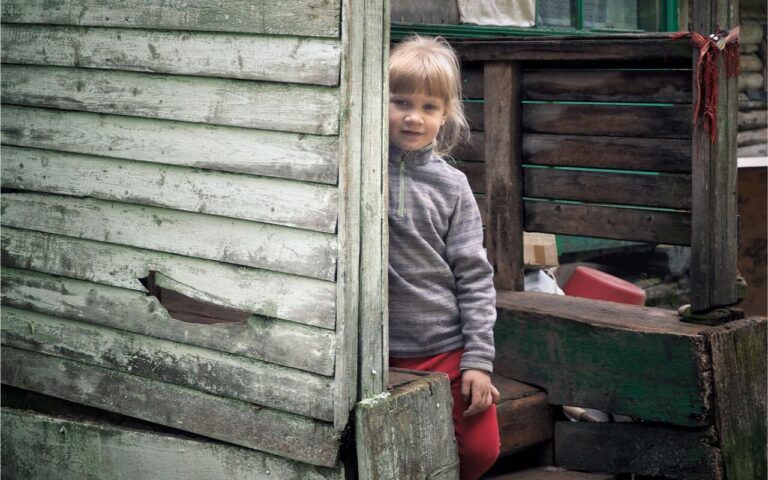Understanding Child Poverty
Child poverty is a pressing issue that impacts millions around the world. According to various studies, over 250 million children live in extreme poverty. This alarming statistic highlights the urgent need for action.
1. Developmental Challenges
Children growing up in poverty face significant barriers to healthy development. These barriers can hinder cognitive abilities and emotional stability. A lack of resources makes it difficult for them to succeed academically.
2. Health Issues
Poor health outcomes are prevalent among children in poverty-stricken households. Malnutrition and limited access to healthcare can lead to lifelong health issues. This not only affects their quality of life but also strains healthcare systems.
3. Increased Risk of Violence
Children in impoverished environments are at a higher risk of experiencing violence. Exposure to domestic violence and crime can lead to psychological trauma. Such experiences can have long-term effects on their mental health.
4. Economic Impact
Child poverty has far-reaching economic implications. The cycle of poverty can perpetuate itself, leading to increased welfare dependence. This creates a burden on public resources and limits economic growth.
5. Educational Disparities
Access to quality education is often compromised in low-income areas. Children from impoverished backgrounds typically attend under-resourced schools. This can perpetuate a cycle of poverty for generations.
6. Social Inequality
Child poverty is a significant contributor to social inequality. Differences in upbringing can lead to unequal opportunities later in life. Financial constraints often restrict social mobility, keeping generations trapped in poverty.
7. Global Responsibility
Addressing child poverty should be a global priority. The well-being of children is a reflection of society’s values and commitments. Investing in children now ensures a brighter future, not just for them but for all of us.
For more insights on why child poverty matters, visit this link.

